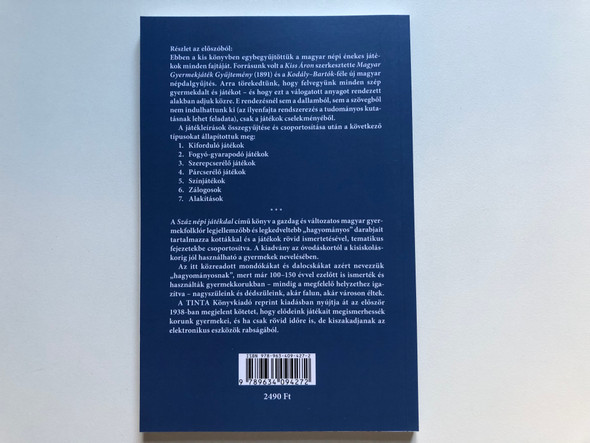Description
Getting Translated
by Anikó Sohár, Ildikó Limpár, Dalma Galambos
ISBN: 9789634092162
Language: English
Publisher: Tinta Könyvkiadó
Year of Publication: –
Format: Softcover / Puhafedeles
Pages: 164
Size: B/5
Weight: 280 g
Made in Hungary
Overview / Áttekintés
(English)
Getting Translated is an insightful exploration of translation studies, focusing on the challenges and nuances of translating literary and academic texts. Written by Anikó Sohár, Ildikó Limpár, and Dalma Galambos, this book delves into various linguistic, cultural, and technical aspects of translation. It serves as an essential resource for students, translators, and scholars interested in the theory and practice of translation.
(Hungarian / Magyarul)
A Getting Translated a fordítástudomány izgalmas aspektusaiba nyújt betekintést, különös figyelmet fordítva az irodalmi és tudományos szövegek fordításának kihívásaira. Anikó Sohár, Ildikó Limpár és Dalma Galambos szerzőhármasa részletesen elemzi a fordítás nyelvi, kulturális és technikai kérdéseit. Kiváló forrás a fordítástudomány iránt érdeklődő diákok, fordítók és kutatók számára.
Product Features / Termékjellemzők
- Title / Cím: Getting Translated
- Authors / Szerzők: Anikó Sohár, Ildikó Limpár, Dalma Galambos
- Publisher / Kiadó: Tinta Könyvkiadó
- Year of Publication / Kiadás éve: –
- ISBN: 9789634092162
- Series Number / Sorozatszám: 211
- Format / Formátum: Softcover / Puhafedeles
- Pages / Oldalak száma: 164
- Weight / Tömeg: 280 g
- Size / Méret: B/5
- Language / Nyelv: English / Angol
Interesting Facts / Érdekes tények
(English)
- Explores key challenges in literary and academic translation.
- Written by three renowned scholars in translation studies.
- Useful for translators, students, and researchers.
- Published by Tinta Könyvkiadó and made in Hungary.
(Hungarian / Magyarul)
- Az irodalmi és tudományos fordítás főbb kihívásait vizsgálja.
- Három neves fordítástudományi szakember közös munkája.
- Hasznos olvasmány fordítók, diákok és kutatók számára.
- A Tinta Könyvkiadó gondozásában jelent meg, Magyarországon készült.
Publisher / Kiadó
- Publisher / Kiadó: Tinta Könyvkiadó
We value your feedback! Share your thoughts on this book and help others discover it.
Ossza meg velünk véleményét! Segítsen másoknak a könyv felfedezésében!
Hashtags
#TranslationStudies #Linguistics #LiteraryTranslation #AcademicTranslation #GettingTranslated #TintaKönyvkiadó
Címkék (Hashtags - Magyarul)
#Fordítástudomány #Nyelvészet #IrodalmiFordítás #TudományosFordítás #GettingTranslated #TintaKönyvkiadó











